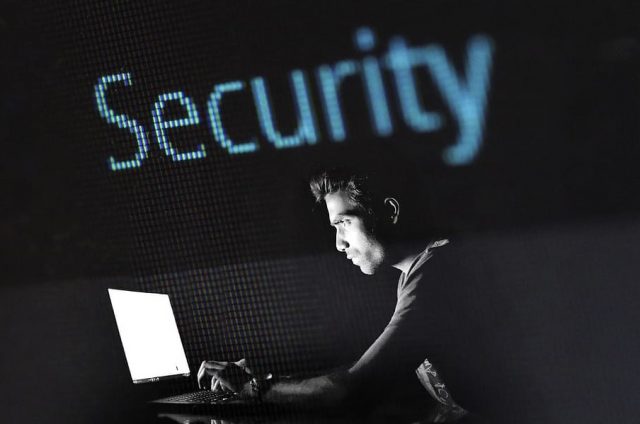In our day filled with email, instant messages and zoom meetings, it may seem old-fashioned to still be using fax machines. However, faxing is still a common and often preferred way to send sensitive documents like medical records, financial statements, and other personal information. While convenient, faxing has risks. If the fax number is wrong or someone else has access to the receiving fax machine, your private data could end up in the wrong hands. Follow this guide to securely send personal information by fax.
Choose Your Fax Machine Wisely
Not all fax machines are created equal when it comes to security. When faxing your personal information, look for a fax machine that offers encrypted transmission and secure receiving options like ID-based access codes. Avoid using a shared fax machine in a common area where anyone could access incoming faxes. Only use fax machines that let you confirm the recipient before transmitting.
Verify the Recipient
Double check that you have the correct fax number for the intended recipient before sending sensitive data. Verify the number by calling the office to confirm and asking for the fax number again. Ask for the name of the person who should receive the fax as an extra precaution.
Use a Fax Cover Sheet
Always use a fax cover sheet listing who the fax is for and indicating the number of pages being sent. Ask the recipient to verify they received the correct number of pages. The cover sheet adds a layer of security so your information isn’t visible if someone else happens to view or pick up the fax.
Transmit at Low Traffic Times
Timing when you send a fax can make a big difference in keeping your personal information secure. Early morning, late evening, and other off-peak times tend to have lighter fax traffic going in and out of most offices. Aim to fax sensitive documents before 8 am if possible. Most office workers will not have arrived yet, so the risk of your fax sitting unattended on the receiving machine is lower. Late evening after 6 pm is also ideal, as offices are emptying out for the day.
The fewer people around the receiving fax machine, the better. Take note of times when you’ve walked by offices and seen unattended faxes piled up. Then plan your personal fax transmissions for off-peak hours when possible for maximum security and confidentiality.
Confirm Receipt
Call to verify your recipient actually received the fax and that all pages were legible. Confirming receipt helps ensure your personal information didn’t end up in the wrong hands. Never assume a successful transmission, always follow up.
Follow Up by Mail
For extra assurance, put your faxed personal records into the postal system after transmitting. While faxing is convenient for rapidly sharing documents, following up by postal mail reduces the chances of your data being intercepted or lost.
Secure Your Originals
Once you’ve successfully faxed your personal records, securely store the physical originals. Use a locked filing cabinet, safe, or safe deposit box to protect originals from theft, damage, or unauthorized access. Safely store or destroy fax confirmations as well.
Take steps to verify recipients, transmit during low-traffic times, confirm successful receipt, and securely store originals. With identity theft and data breaches on the rise, it’s important to be extra cautious when faxing any files containing your personal information. If you take reasonable security measures, faxing can still be a quick, effective way to send private documents.





